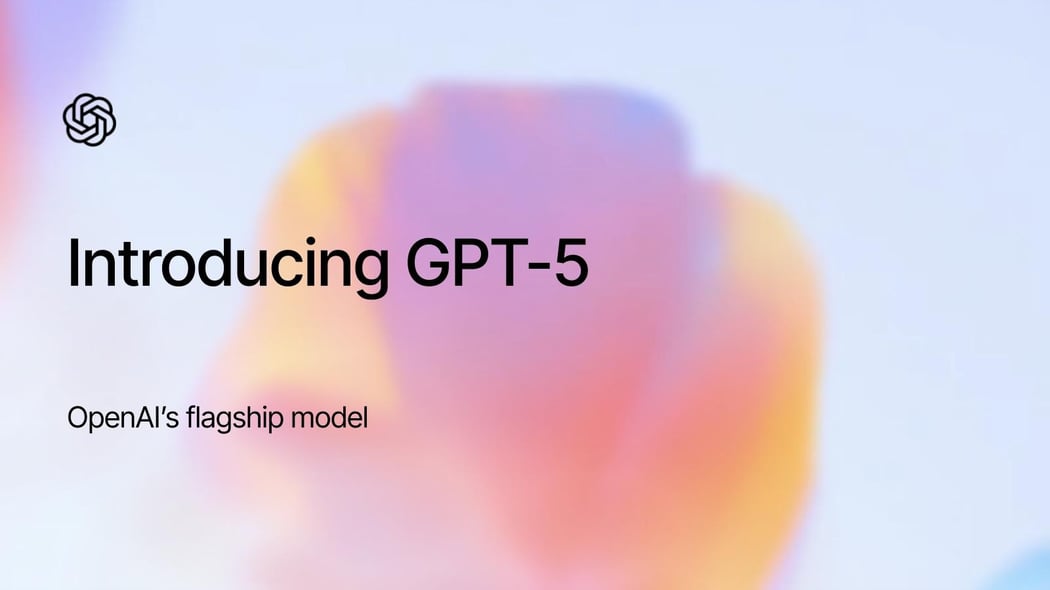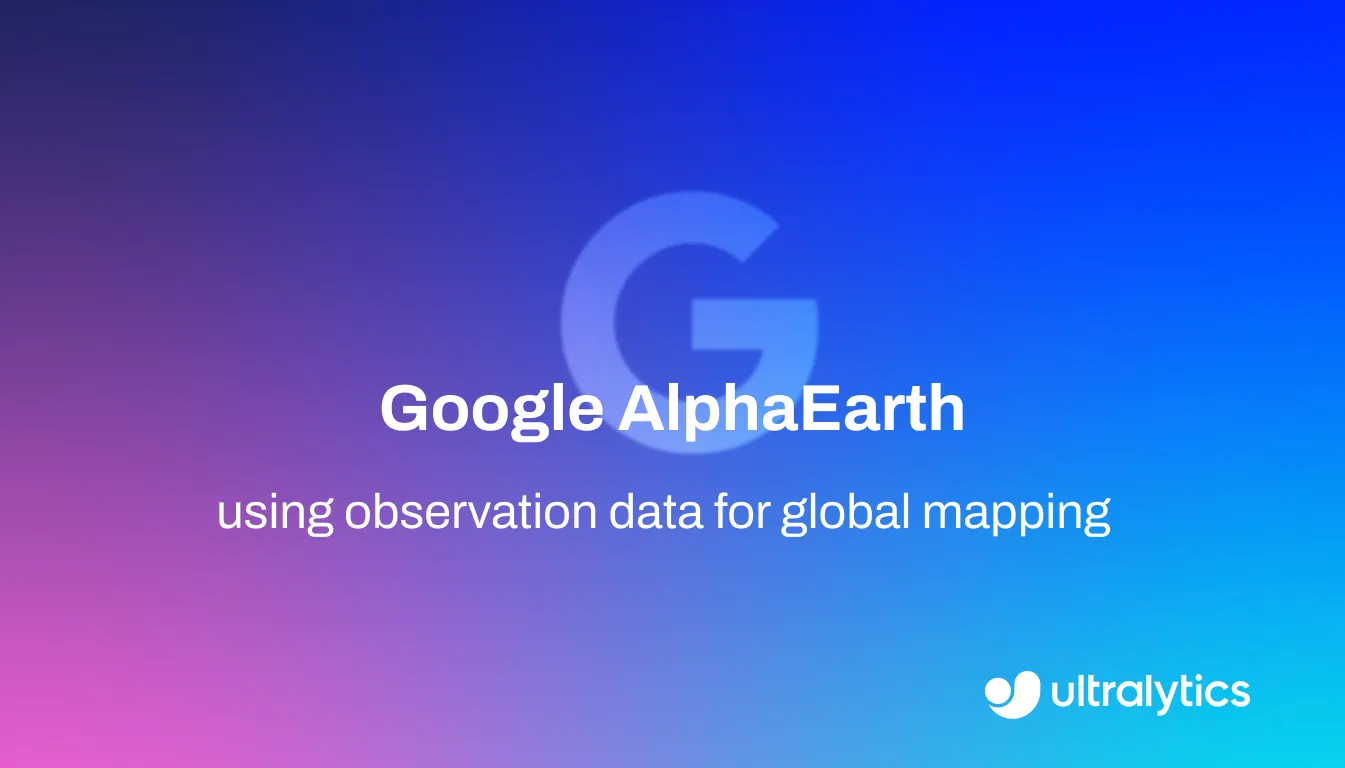Máy dò không neo
Khám phá sức mạnh của máy dò không cần neo—phát hiện vật thể hợp lý với độ chính xác, hiệu quả và khả năng thích ứng được cải thiện cho các ứng dụng thực tế.
Các bộ phát hiện không neo là một bước tiến hóa hiện đại trong thị giác máy tính (CV) , mang đến một phương pháp tiếp cận linh hoạt và hợp lý hơn trong việc phát hiện đối tượng . Thay vì dựa vào một tập hợp các hộp neo được xác định trước để dự đoán vị trí đối tượng, các mô hình này nhận dạng đối tượng trực tiếp. Điều này thường đạt được bằng cách dự đoán tâm điểm và kích thước của đối tượng, hoặc bằng cách xác định các điểm chính như góc. Sự thay đổi mô hình này giúp đơn giản hóa quy trình phát hiện, giảm số lượng siêu tham số cần điều chỉnh và thường cải thiện hiệu suất, đặc biệt là đối với các đối tượng có hình dạng đa dạng hoặc bất thường.
Máy dò không neo so với máy dò có neo
Sự khác biệt chính nằm ở cách tạo ra các ứng viên đối tượng.
- Bộ dò dựa trên neo : Các mô hình như YOLOv5 và Faster R-CNN sử dụng một tập hợp các hộp neo được xác định trước với nhiều kích thước và tỷ lệ khung hình khác nhau tại các vị trí khác nhau trên ảnh. Mạng sẽ tinh chỉnh các hộp này để khớp với các đối tượng thực tế. Phương pháp này có thể tốn nhiều tài nguyên tính toán và yêu cầu lựa chọn cấu hình neo cẩn thận, điều này có thể không tổng quát hóa tốt trên các tập dữ liệu khác nhau như COCO .
- Bộ dò không neo : Các mô hình này bỏ qua nhu cầu sử dụng các hộp được xác định trước. Chúng dự đoán trực tiếp các đặc điểm của đối tượng từ hình ảnh. Điều này dẫn đến thiết kế đơn giản hơn, có thể giúp suy luận theo thời gian thực nhanh hơn và cải thiện khả năng phát hiện các đối tượng có hình dạng bất thường. Các kiến trúc hiện đại, bao gồm Ultralytics YOLO11 , đã áp dụng thiết kế này để tăng hiệu quả và tính linh hoạt.
Việc chuyển sang thiết kế không neo là một bước phát triển quan trọng trong quá trình phát triển của công nghệ phát hiện vật thể, được tiên phong bởi các mô hình như YOLOX, được Megvii giới thiệu trong bài nghiên cứu năm 2021. Bạn có thể xem so sánh kỹ thuật giữa YOLO11 và YOLOX để hiểu rõ sự khác biệt về kiến trúc của chúng.
Máy dò không neo hoạt động như thế nào?
Máy dò không có điểm neo thường áp dụng một trong hai chiến lược chính:
- Dựa trên điểm chính : Các phương pháp này định vị đối tượng bằng cách xác định các điểm chính, chẳng hạn như góc hoặc điểm trung tâm. Mô hình học cách nhóm các điểm chính này để tạo thành các dự đoán hộp giới hạn hoàn chỉnh.
- Dựa trên tâm : Các phương pháp này dự đoán tâm của một vật thể và sau đó hồi quy khoảng cách từ tâm đến bốn cạnh của hộp giới hạn. Đây là một kỹ thuật phổ biến và hiệu quả được sử dụng trong nhiều máy dò hiện đại.
Các phương pháp này đơn giản hóa quá trình gán nhãn trong quá trình đào tạo mô hình và thường kết hợp các kỹ thuật tiên tiến như hàm mất mát phức tạp và tăng cường dữ liệu mạnh mẽ để tăng hiệu suất.
Ứng dụng trong thế giới thực
Tính linh hoạt và hiệu quả của máy dò không cần neo khiến chúng có hiệu quả cao trong nhiều lĩnh vực:
- Lái xe tự động : Trong các hệ thống xe tự hành , các cảm biến này có thể nhận dạng chính xác người đi bộ, xe khác và các chướng ngại vật với nhiều hình dạng và kích thước khác nhau. Khả năng thích ứng này rất quan trọng đối với các hệ thống định vị đang được phát triển bởi các công ty như Waymo .
- Phân tích hình ảnh y tế : Các mô hình không có điểm neo rất hiệu quả trong việc xác định các bất thường có hình dạng bất thường, chẳng hạn như khối u hoặc tổn thương trong quá trình quét y tế. Ví dụ, việc sử dụng YOLO11 để phát hiện khối u tận dụng đặc tính không có điểm neo của nó để định vị chính xác hơn trong hình ảnh y tế .
- Phân tích bán lẻ : Các mô hình này có thể theo dõi hiệu quả các kệ hàng trong cửa hàng để phát hiện các mặt hàng hết hàng hoặc phân tích lưu lượng khách hàng, ngay cả với những sản phẩm được xếp dày đặc hoặc có hình dạng kỳ lạ. Đây là một phần quan trọng của quản lý hàng tồn kho dựa trên AI .
- An ninh và Giám sát : Nhận dạng cá nhân hoặc vật thể trong bối cảnh đông đúc là một nhiệm vụ phổ biến trong giám sát thông minh . Máy dò không cần neo có khả năng xử lý vật thể ở nhiều quy mô khác nhau, rất lý tưởng cho các ứng dụng này.
Công cụ và công nghệ
Việc phát triển các mô hình không neo được hỗ trợ bởi các nền tảng học sâu lớn như PyTorch và TensorFlow . Hệ sinh thái Ultralytics cung cấp các công cụ toàn diện để xây dựng và triển khai các bộ phát hiện tiên tiến này. Bạn có thể khám phá tài liệu của chúng tôi và sử dụng Ultralytics HUB để quản lý tập dữ liệu, đào tạo mô hình và xử lý việc triển khai . Để tiếp tục học tập, các nền tảng như Coursera cung cấp các khóa học cơ bản, và các tài nguyên như Papers With Code liệt kê các mô hình tiên tiến nhất.








